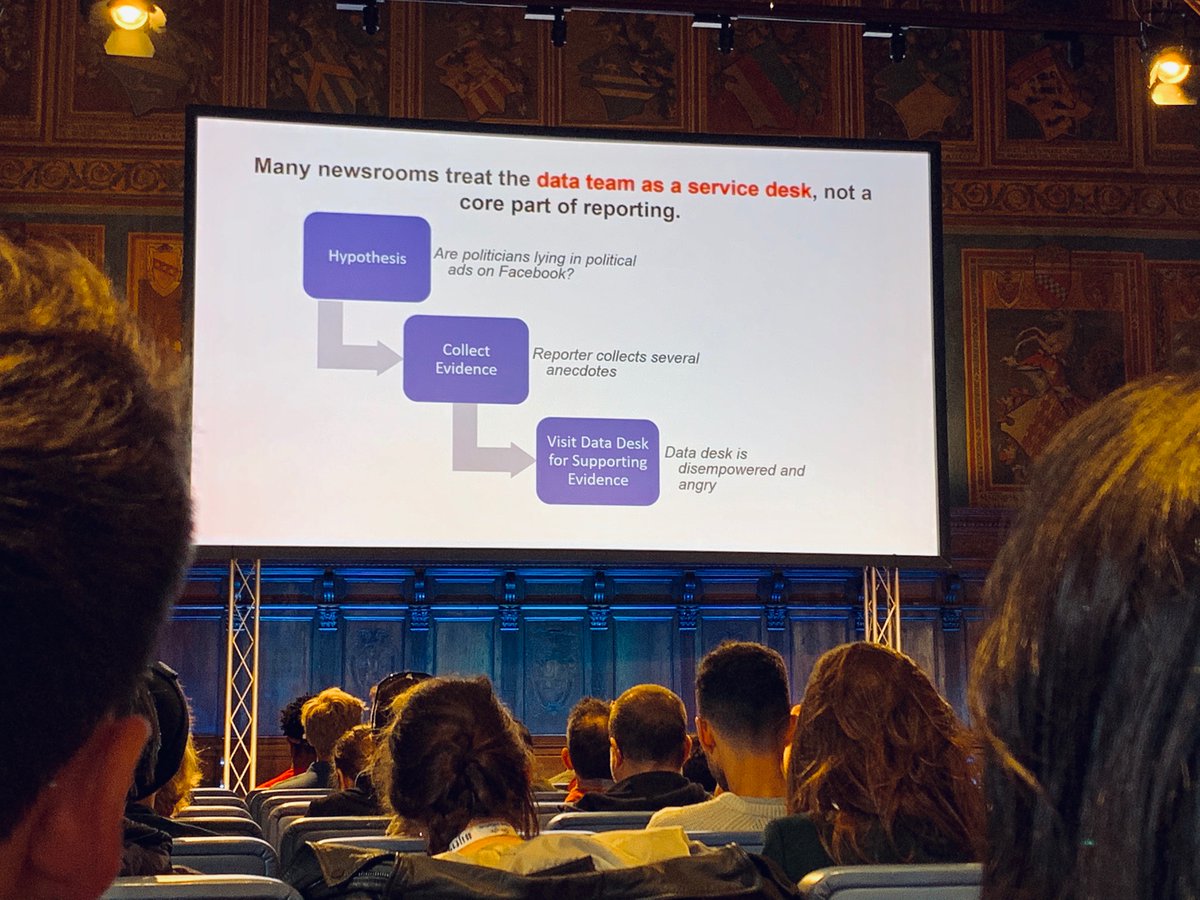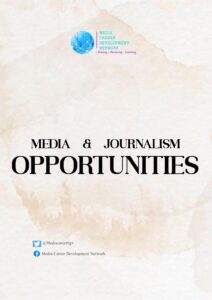See below three reliable sources of data:
1. National Bureau of Statistics
The National Bureau of Statistics is Nigeria’s largest official data sourcing agency. It regularly gives updates on data across various sectors.
Usually, the NBS collaborates with government agencies and international organisations in the process of collecting such data varying from health to economy, population, crime and other areas.
The beauty of using NBS data is that it most times includes infographics that could easily be reused in the body of your story without necessarily belabouring you as a reporter.
A journalist can visit its website at http://nigerianstat.gov.ng/ to get started with accessing such data. On the e-library section of the site accessible through the search engine, you get to explore various data to enrich your stories.
2 Open Data for Africa
This is a data source also connected to the NBS data but larger in the sense that it contains data from across African countries through their statistics bureaus. This platform is funded by the African Development Bank.
On the Nigeria Data Portal of the site (http://nigeria.opendataforafrica.org/), you easily have a state by state analysis of multisectoral data on population, the GDP, trade, unemployment, agriculture, health, education and other areas.
You could also compare data between states across a couple of months and years on the platform. You could also utilise chats and maps to further visualise your stories.
3 Hurumap
On Hurumap (https://nigeria.hurumap.org/), you get to use maps to interact with data. The platform is a product of a collaboration between the NBS, Code for Africa, the News Agency of Nigeria and the Brown Institute for Media Innovation.
Click on any state on the map to access its data across various areas earlier mentioned including corruption and crime, drugs, finances and others.
Unlike the other platforms, Hurumap gives you access to play around the data in various readymade forms. You can embed it to your website page or download it in its raw format. You can also ‘map’ the data, tabularise it and compare one item with another.
There is also an avenue to showcase stories you had published based on the data provided and a social media community to interact with other data users through the platform.
Other sources
You can also get data for your stories by visiting the websites of the ministries and agencies responsible for what you need. If, for instance, your focus is the outbreak of some disease in Nigeria, your most credible source is the National Centre for Disease Control (https://ncdc.gov.ng/). You can explore other avenues provided by international agencies too.
===
The above report was part of the lessons learnt at the Code for Africa monthly training for journalists. In Nigeria, the training currently runs in Abuja, Benin and Lagos. Attendance is free for all interested journalists but interested persons have to register via http://bit.ly/CodeForAfrica.
You might want to attend subsequent editions. Visit http://bit.ly/CodeForAfrica to register to get notified about it.





